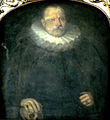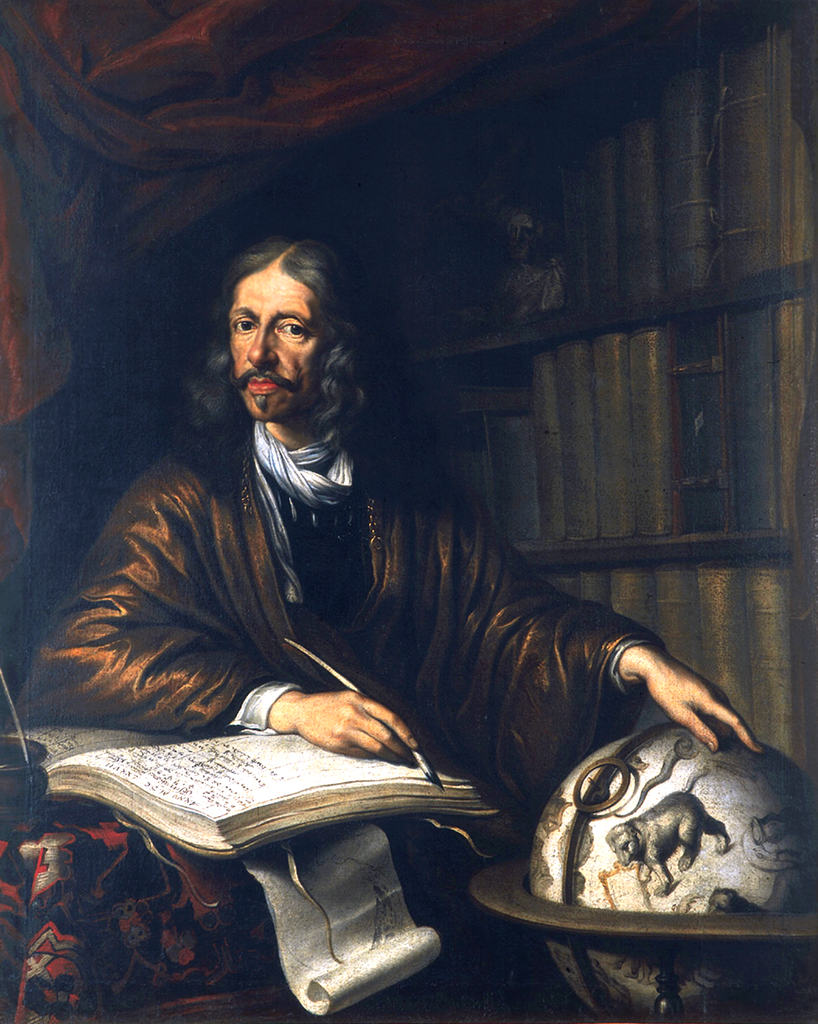Abraham van den Blocke
Abraham van den Block (* 1572 in Königsberg, † January 31, 1628 in Danzig) was a German architect and sculptor of Flemish origin, who worked mainly in Gdansk. His father was the famous architect and sculptor Willem van den Block. A. was married three times (most recently since 1620 Elisath Kramer, daughter of the Danzig city architect, Hans Kramer ); from him descended from a total of 14 children. He was like his father buried in St. Mary's Church. After five years of training with the Father and abroad ( mainly Holland ) was A. on September 14, 1596 citizen of Gdansk, where he received the 1597 Master rights.
His works belong stylistically to the late Dutch Mannerist and early Baroque.
In the period 1598-1611 created the van blocks the main altar of the church of St. John Danziger partially gilded sandstone and marble rotgeädertem with numerous reliefs, whose main theme is the story of John the Baptist. Simultaneously, the decoration of the Great Armoury originated. He designed and built the Golden Gate (1612-1614) and the Fountain of Neptune ( he created from 1618 to 1621 all the stone carvings such as basin, dish and pillar and the seahorses, dolphins and lions' heads ) and the Speymannhaus ( " Golden House "). In 1597 he created the Epitaph for J. B. Marchese Bonifazios Oria from Naples (d. 1597), which is now in the Gdansk Library of the Polish Academy of Arts.
In 1612 he built the house of the abbots of Pelplin with its beautiful portal and a finely drawn gable; In 1614 he created the monumental free grave of Mr. and Mrs. Simon and Judith Bahr in St. Mary's Church. 1615 was the tomb of the Koss family in the monastery church Oliva with four life-sized, kneeling before a crucifix small figures made of white and black marble. 1616-1617 built van den Block the facade of the Artus Court. He created numerous other epitaphs and tombs, including the St. Anthony Chapel of the Church of Barczewo, a cultivation of the St. Andrew's Church, the remarkable double tomb for Andrew Báthory, nephew of the Polish King Stephen Báthory, cardinal and in 1589 Prince-Bishop of Warmia, and his brother Balthasar, 1560-1594, councilor of Transylvania. The double tomb was for himself and his prematurely deceased brother Balthasar existing and not to Lebzeitehn of the above-mentioned Cardinal commissioned and created in 1598.









